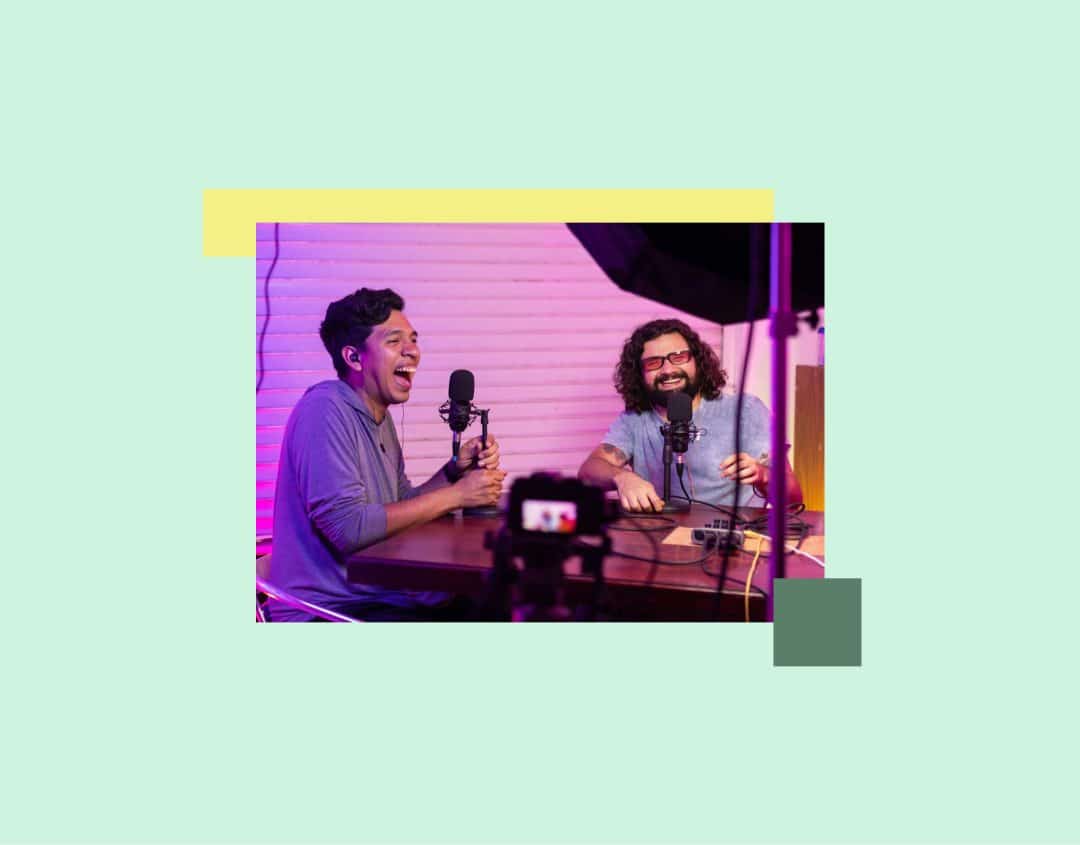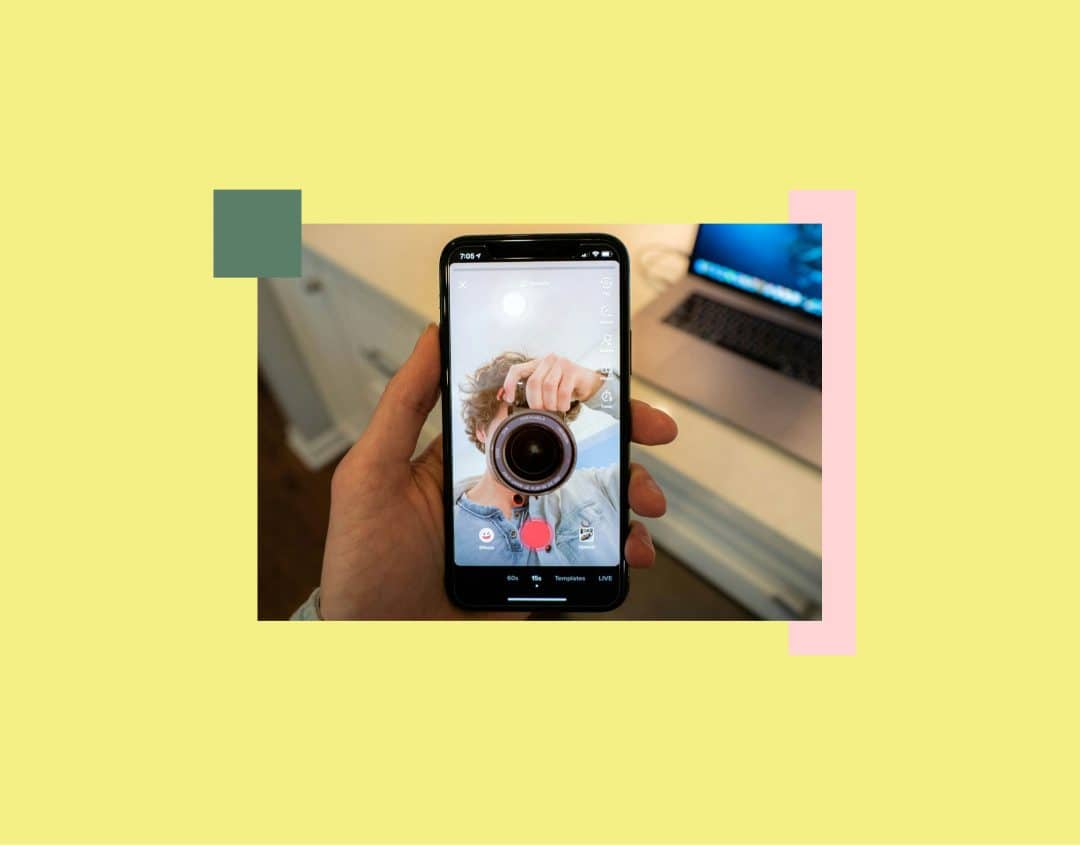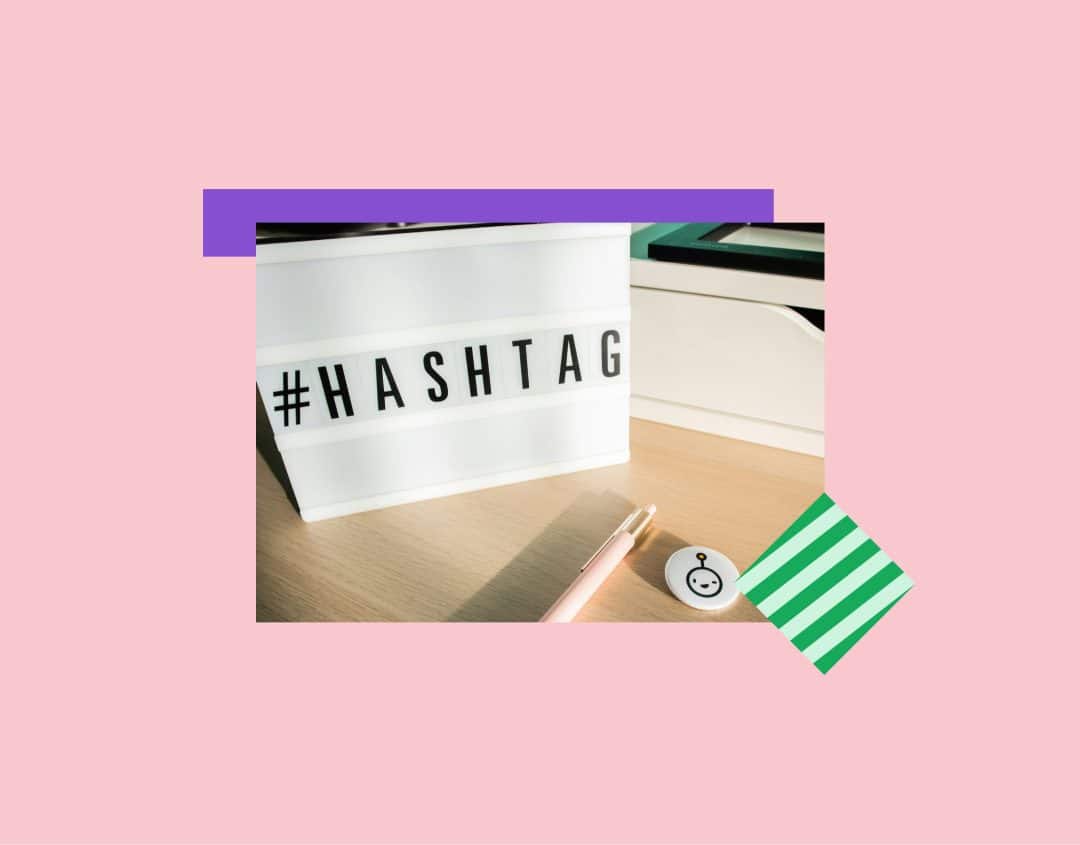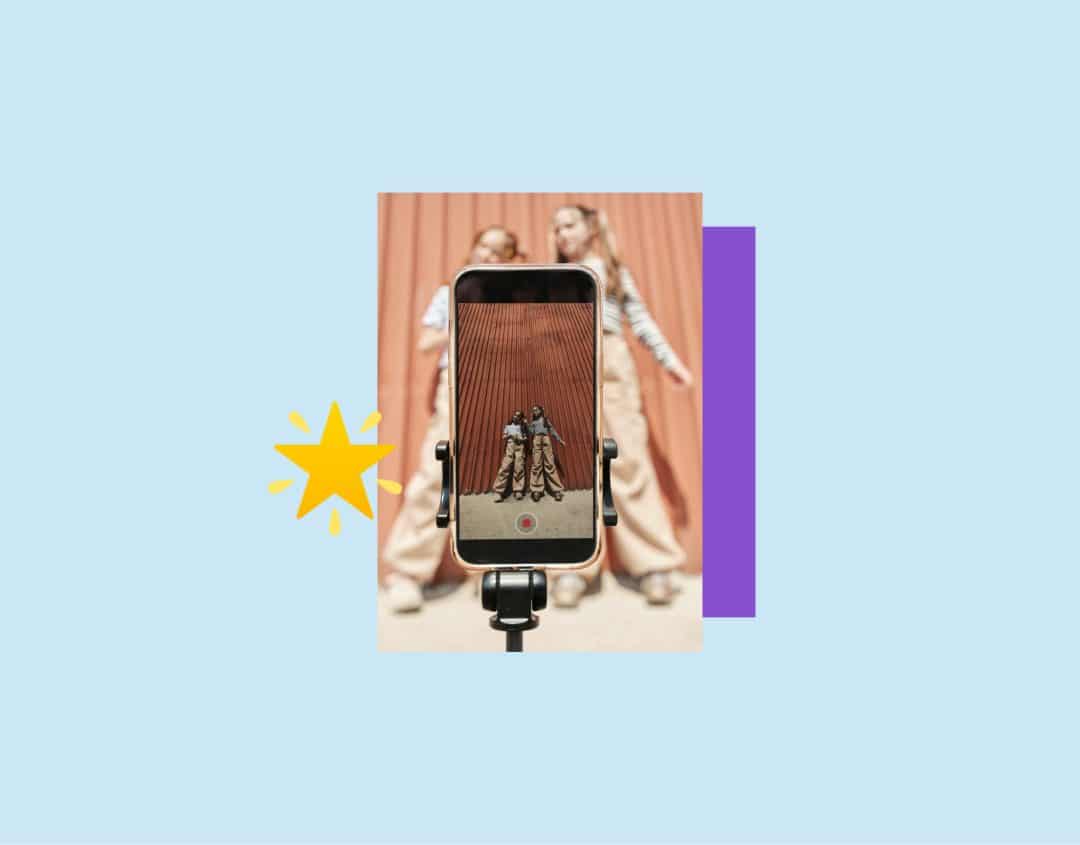
How to Get More YouTube Views
YouTube brings many opportunities, even for small businesses, but it is also highly competitive. Millions of videos compete for attention…

YouTube brings many opportunities, even for small businesses, but it is also highly competitive. Millions of videos compete for attention…

Professional social media management is demanding and labor-intensive. This already applies to companies that focus on just one channel. It’s time for…

TikTok = videos? Not quite. With the introduction of photo posts, the platform has created a new content format that opens…

The following applies to the vast majority of social media platforms today: no post without a picture or video. In…

Hashtags are inextricably linked to social media. At least that’s how it seemed until recently. Today, the following questions are cropping…

Looking for your Instagram success formula? Then it’s time to consider the following questions: In short, you should look into how…

In some companies, social media marketing makes a decisive contribution to the company’s success. In others, it mainly costs time…

Creating interesting content for LinkedIn on a regular basis takes time. But what if you don’t have that time right…

Looks aren’t everything. But when it comes to an Instagram account, they’re at least half the battle. Only if your content…

Anyone who has ever scrolled through social media platforms such as Instagram or TikTok will be familiar with this: there…

Our Social Media Report 2025 shows that the number of companies active on TikTok is growing and growing. This is…